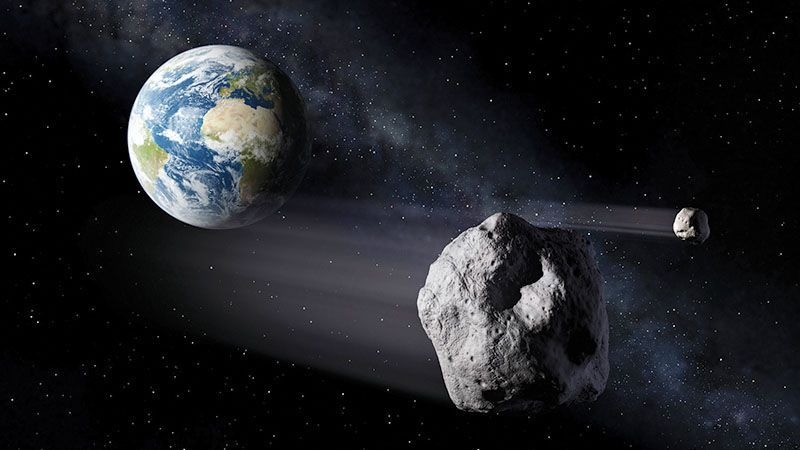NASA’s role in “Defending Earth”
April 2017
I enjoyed your “Defending Earth” article [February]. The analogies you draw between planetary defense and military defense have occurred to me too. They also arise in the context of defending low Earth orbit assets like the International Space Station from orbital debris impacts, albeit on much shorter time scales than in interplanetary space.
You also set out reasonably objective pro and con rationale for NASA being the lead U.S. planetary defense agency, as opposed to the Defense Department as lead. However, one primary argument in favor of NASA as lead agency is missing from “Defending Earth.” Effectively coordinating threat detection and any specific impact response will almost certainly be an international effort posing all sorts of data disclosure problems to DoD. In the detection task, NASA already serves as a “data laundering” partner for DoD, facilitating observations from Pan-STARRS [Panoramic Survey Telescope and Rapid Response System] (and likely other military sensors) shared worldwide.
Daniel R. Adamo
AIAA senior member
Salem, Oregon
adamod@earthlink.net
Damp versus dampen
[In the graphic in the February issue depicting the EmDrive] we learn that dampers dampen harmonic motion. This is the wrong word in the context under discussion.
While Webster may define dampen as “to lessen,” to an engineer, a damper damps, it does not dampen. This is not the first time I have seen this error. The best story on this subject I have heard comes from the automotive side of the house, when an editor told us that the shock absorbers dampened road vibrations well. There were a flurry of letters, commenting that we want our shocks to damp, if they are dampening they are leaking. It may seem a picayune point, but to an aero engineer who deals with vibrations and flutter issues daily, it is my duty to try to promote precise language in our communications.
Robin T. Harrison
AIAA senior member
Lake Arrowhead, California
airbearzln@yahoo.com








